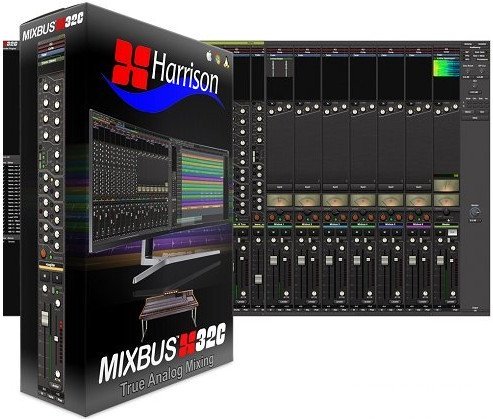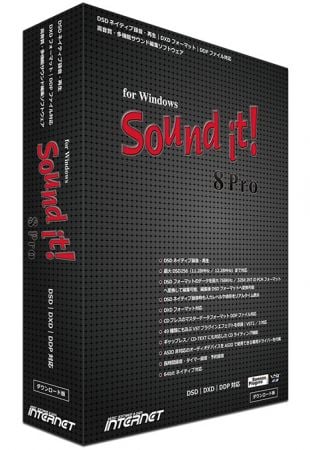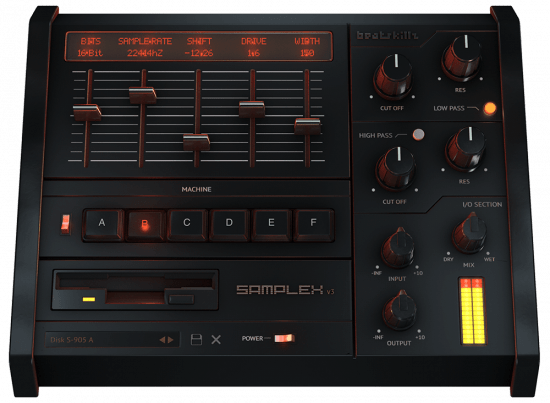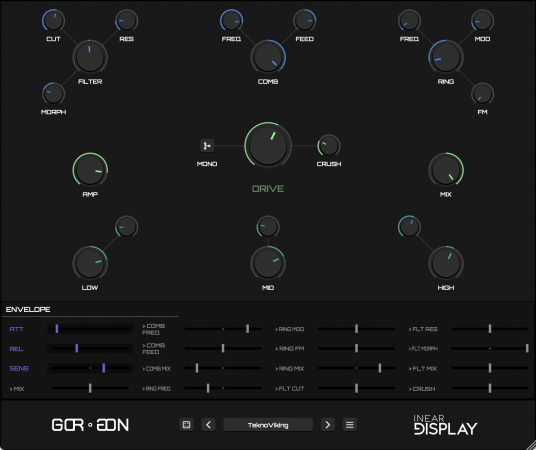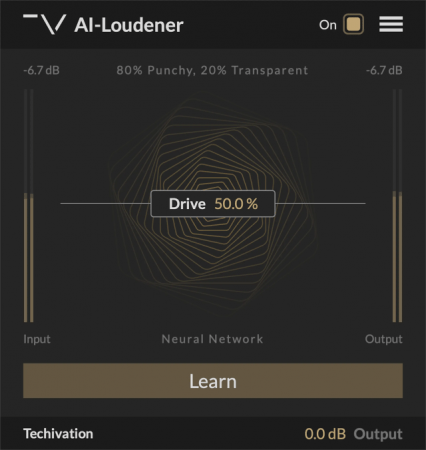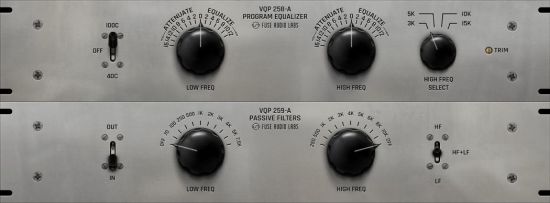Harrison Mixbus32C与40年前的第一个Harrison 32系列调音台今天息息相关。 Harrison控制台是动态成熟的产品,这些产品保留了长期成功经验的优势,同时结合了所有新技术中的精华。 Mixbus32C以最符合人体工程学的方式设计。
通过将数十年的调音台制造经验整合到当今具有成本效益的混音平台中,Mixbus被业界誉为“盒装”混音的突破。通过使用当今技术进步的全部资源,Mixbus32C将这一概念带到了下一步,不仅精确地模拟了操作优势,而且还忠实地模拟了传统模拟控制台的模拟性能。
Operational Advantages
Because of the way the Mixbus32C mixer page is laid out, the most commonly used controls are displayed and are accessible at all times using a rich, high contrast, GUI design that gracefully and accurately emulates the original hardware version of the Harrison 32C console. This traditional layout not only looks good but allows the engineer to approach the console as if it were a musical instrument, directly affecting the art of mixing and contributing greatly to the success of any given mix.
Analog Performance
Harrison has pioneered the use of high performance computer technology over the last 20 years to provide unmatched processing power in the world’s largest mixing environments. By keeping up with these incremental technological steps through the decades, Harrison can now faithfully emulate the beautifully designed analog signal processing designs of the past and incorporate them into a full function “True Analog” mixing console within the digital audio workstation environment.
More Equalization
Each Mixbus32C channel strip incorporates an exact emulation of the original Harrison 32C parametric four-band sweepable EQ with a separately switchable filter section including second order high-pass and low-pass filters. Every resistor, capacitor, and transistor was modeled. To run this complex DSP on every channel strip was impossible just 5 years ago.
More Buses
Mixbus32C provides 12 stereo mix buses, each with individual level control, latency compensation, and associated master channel incorporating the highly successful Harrison tape saturation, bus compression, and tone control functionality.
Some Mixbus32C Features
- Straightforward “knob per function” mixer layout based on Harrison’s renowned 32-series music consoles
- Precision algorithms for EQ, Filter, Compression, Analog Tape Saturation, and Summing
- Precise emulation based on Harrison’s famous 32 series analog console circuit designs
- Fourth-generation Harrison “True Analog Mixing™” processing engine with enhanced compressor/limiter algorithms; built-in sidechain busing, and increased plugin flexibility
- The Mixbus32C engine is internally dithered, ramped, and gain staged so that sound quality is preserved as close to analog as possible
- Unlimited stereo or mono input channels, each with unlimited plugins, sends, and hardware inserts. (limited only by CPU and disc speed)
- Polarity, Input trim, Sweepable 4-band EQ with second order HP and LP filters, Compression, and 12 mix bus sends on every track
- Unlimited MIDI tracks, each with virtual instrument support, unlimited plugins, sends and inserts
- Mixbus32C has an optimized signal flow with 12 stereo mix buses and a master bus, all featuring Tone controls, Compression, Sidechaining, and Analog Tape Saturation simulation
- Stereo Master bus that features Tone controls, Analog Tape Saturation, K-meter, Stereo Correlation Meter, and Limiter
- Automatic plugin delay compensation to support effects such as parallel compression without time misalignment
- Extensive DAW editing features including “Smart Tool”, Ripple Edit, and configurable keybindings for nearly every operation
- Comprehensive “at-a-glance” metering with peak, peak hold, and compressor gain reduction visible on every track and bus
- Industry standard plug-in support: Mixbus32C loads VST plugins on Windows, AudioUnit (AU) plugins on OSX, and LV2 plugins on all platforms
- Industry standard audio I/O support: Mixbus32C uses ASIO/Directsound on Windows, CoreAudio on OSX, and ALSA/JACK on Linux
- Mixbus32C provides professional features such as Loudness Analysis (dBTP+LUFS+LU Range), LTC (SMPTE) generation and sync; video pullup/pulldown
- Persistent undo (undo remains possible after closing and reopening a session)
- Multi-core and 64-bit optimizations provide increased track counts across all OS platforms
- Over 25 ‘MIDI filter’ plug-ins including functions such as transposing, velocity scaling, etc
- Support for video timeline, video window, and audio+video exports
- Includes a brand-new virtual instrument: “SetBfree”, a lovingly modeled Tonewheel Organ by Robin Gareus plus Harrison’s Dyno-Mite envelope-designer plug-in for drums
- Recording operates like a tape machine: punch-in on the fly, and use per-track input monitoring just like a multitrack tape machine
- Extensive export features including multitrack stem export, simultaneous multi-format exports, multiple export ranges, CD track markers, silence trimming, normalization, and command-line arguments to trigger third-party encoders or file-management scripts
- Audio regions are stacked in “layers”, and every region fadein/out is a crossfade to the region(s) beneath it
- Plugin “pin connection management” provides rich editing of signal-flow through each channel’s path, including full support for dual mono, mono-to-stereo, sidechaining, and other advanced flows
- The user interface scales to fit your monitor; larger monitors will get bigger knobs and sharper text
- Refined workflow and graphics, including scaling and support for HiDPI (Retina) displays
- Incredibly cost effective because of our world-wide open source collaborators
- Generic MIDI devices can use “MIDI Learn” to assign MIDI controls directly to on-screen knobs or use MIDI profiles to select many pre-configured device layouts from a pull-down menu
- Mackie control protocol is provided for motorized fader controllers, and the Mackie protocols have been extended to ergonomically control the Mixbus channelstrip EQ, compressor, and 12 mix bus sends. Dedicated support is provided for popular devices like the Presonus Faderport & Faderport8, Mackie MCU, and Behringer X-Touch controllers
- OSC (Open Source Control) protocol supports ethernet-based wireless tablet controllers such as TouchOSC and Lemur for iOS and Android to remote-control Mixbus32C
- Lua Scripting (new in v4!): Use the Lua scripting language to automate tasks such as track creation, renaming tracks, adding plugins, or creating “macro” operations
- VCA Faders (new in v4!): Use VCA faders to control multiple channel faders at once. A fader can be assigned to multiple remote VCA faders, adding another powerful dimension of control and organization to your mixes
- Tempo Ramps and Tempo Maps (new in v4!): Use advanced features to map your live recording’s tempo and structure (no need to record to a click!) – or import a tempo map from MIDI
- General-MIDI synthesizer and 2 multi-output sampled drum instruments help you arrange a song immediately, without any other plugin instruments
Analog Console Feel
Engineers have been mixing on hardware consoles for more than 80 years because that’s what works. Need to make a change? grab a knob and change it. We believe that mixing inside a DAW should be no different and as easy to use as a hardware console. So we make the mixer portion of Mixbus32C work just like a hardware console, applying precision & proprietary algorithms to provide Harrison’s great sounding 32C analog conole EQ, HP and LP Filters, and Dynamics on every channel… without the need for additional plug-ins. Mixbus32C also provides 12 stereo aux mix busses, a stereo master bus with analog tape saturation simulation, a monitor section, and precision summing, all based on Harrison’s world-renowned large format analog and digital consoles. You can work with the fluidity of a traditional analog recording studio while retaining the convenience of a DAW.
For example, the fader area contains the input trim, fader level, compressor threshold (with meter), and compressor makeup gain. This provides the most-used gain functions within a very small “mouse travel” distance. Compare this to other DAWs which require juggling multiple windows, popups, and menus simply to navigate these most fundamental mixing features!
Metering is another aspect of DAW design that can make mixing more fluid. In the mix window, Mixbus32C provides the channel meter, compressor gain reduction meter, tape saturation meters, peak limiting meter, K-14 average level meter, stereo correlation meter, and a final peak limiting meter simultaneously. Compare this to other designs which require plug-ins from several manufacturers and several windows to find this important information. Mixbus32C provides everything you need to mix without distractions in an easy-to-use, one-window interface! Finally, mixing “inside the box” is a very sound philosophy.
Already using another DAW?
No problem. It’s a simple and quick process to export your audio files from your current DAW to Mixbus32C and use the exceptional Mixbus32C “True Analog Style™ Mixing” engine for your final mix. No need to change your current workflow, just add convenience, ease, and sound quality by doing all your final mixing in Mixbus32C.
Powerful Editing Features in Mixbus
The editing model in Mixbus32C has been highly refined based on our user’s feedback, as well as industry standard “best practices” and includes one of the most powerful and versatile editing suites of any DAW available. “Smart” mode combines the features of timeline-based editing and object-based editing depending on the location of the mouse within the track. Mixbus32C allows the user to quickly “swipe” across the waveform and drag the gain level up or down. By reducing this very common task to a minimum of operations, editing in Mixbus32C becomes a real joy for beginners as well as professionals who have to work quickly. The timeline view provides detailed waveform and MIDI data, as well as automation points and crossfades. Editor views can be resized and re-arranged to fit your needs; and there are dozens of key commands and mouse shortcuts to speed up this process.
Many other DAWs use a hide-and-seek approach when it comes to revealing editing features. Mixbus32C makes the learning process much easier by providing a right-click context menu on many of the edit window elements. Want to know how you can manipulate a region? Simply right-click on it to view the contextual help.
